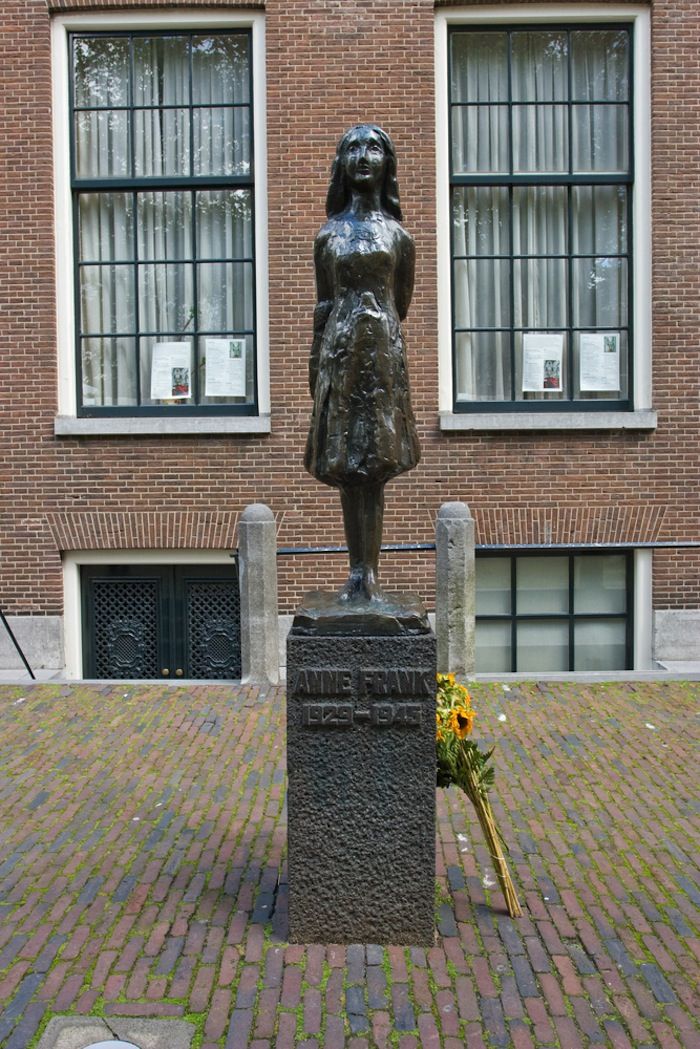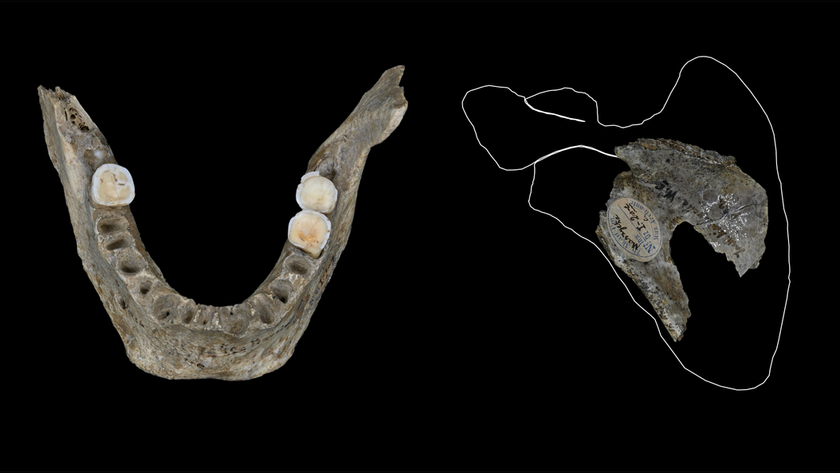Anne Frank Likely Died Earlier Than Believed

Anne Frank, the young Jewish teenager whose diary became one of the most iconic portrayals of the Holocaust, likely died about a month earlier than her official death date, a new historical analysis finds.
Anne and her sister, Margot, were both given official death dates of March 31, 1945, by Dutch authorities after the end of World War II. The Frank sisters died of typhus at the Bergen-Belsen concentration camp, but the exact dates of their deaths are unknown.
Now, the Anne Frank House, an organization devoted to preserving Anne's memory and her family's hiding place in Amsterdam, has released a new study that puts Anne's death in February 1945, earlier than previously believed. The study is based on a re-analysis of old documents and eyewitness accounts from camp survivors. [8 Grisly Archaeological Discoveries]
A Holocaust history
During the Nazi occupation of Amsterdam, Annelies Marie Frank and her family spent two years living in a secret apartment in the building where her father, Otto, worked. It was during this time that Anne kept her famous diary, which was published posthumously. On Aug. 4, 1944, an unknown tipster led the police to the Frank's secret hiding place, and the family was arrested, along with another family of refugees living alongside them.
The Anne Frank House report traces the misery the Franks endured from that day forward. First, the family was sent to the Westerbork transit camp, and then to Auschwitz-Birkenau, where they arrived in early September 1944. Anne, Margot and their mother, Edith, survived the initial intake into the camp and were kept at Birkenau as slave laborers for two months.
On Nov. 1, 1944, Anne and Margot were transferred to the Bergen-Belsen concentration camp after a humiliating and dehumanizing selection process in which they were forced to stand naked on a parade ground while camp guards and doctors judged their ability to work. Separated from their mother, the two Frank sisters were locked into cattle wagons with about 70 other individuals, with hardly any food or water, for a two-day journey. According to the report, the prisoners had no idea of their destination.
Sign up for the Live Science daily newsletter now
Get the world’s most fascinating discoveries delivered straight to your inbox.
Anne Frank's final days
A few witnesses recall seeing Anne and Margot at Bergen-Belsen, but the new analysis of these survivor stories found no accounts dating later than around Feb. 7, 1945. By the time Anne was found by an old classmate and fellow prisoner Nanette Blitz in December, the young diarist was already in bad shape.
"She was no more than a skeleton by then. She was wrapped in a blanket; she couldn't bear to wear her clothes any more because they were crawling with lice," Blitz later recalled, according to the report.
Multiple witnesses noted that Anne and Margot had typhus symptomsbefore February 7. The disease, carried by lice, normally kills within 12 days. Given Anne's weakened state, it's unlikely that she (or her sister) could have survived into March, the Anne Frank House researchers concluded.
Anne's death, made famous by her writings, was just one of a staggering number of tragedies at Bergen-Belsen in the final months of World War II. According to the Anne Frank House, typhus and starvation killed as many as 1,000 people per day in the camp before its liberation in April 1945.
Follow Stephanie Pappas on Twitter and Google+. Follow us @livescience, Facebook & Google+. Original article on Live Science.

Stephanie Pappas is a contributing writer for Live Science, covering topics ranging from geoscience to archaeology to the human brain and behavior. She was previously a senior writer for Live Science but is now a freelancer based in Denver, Colorado, and regularly contributes to Scientific American and The Monitor, the monthly magazine of the American Psychological Association. Stephanie received a bachelor's degree in psychology from the University of South Carolina and a graduate certificate in science communication from the University of California, Santa Cruz.

Is the moon still geologically active? Evidence says it's possible

Ancient Europeans ate the brains of their dead enemies 18,000 years ago, researchers discover

'I encountered the terror of never finding anything': The hollowness of AI art proves machines can never emulate genuine human intelligence